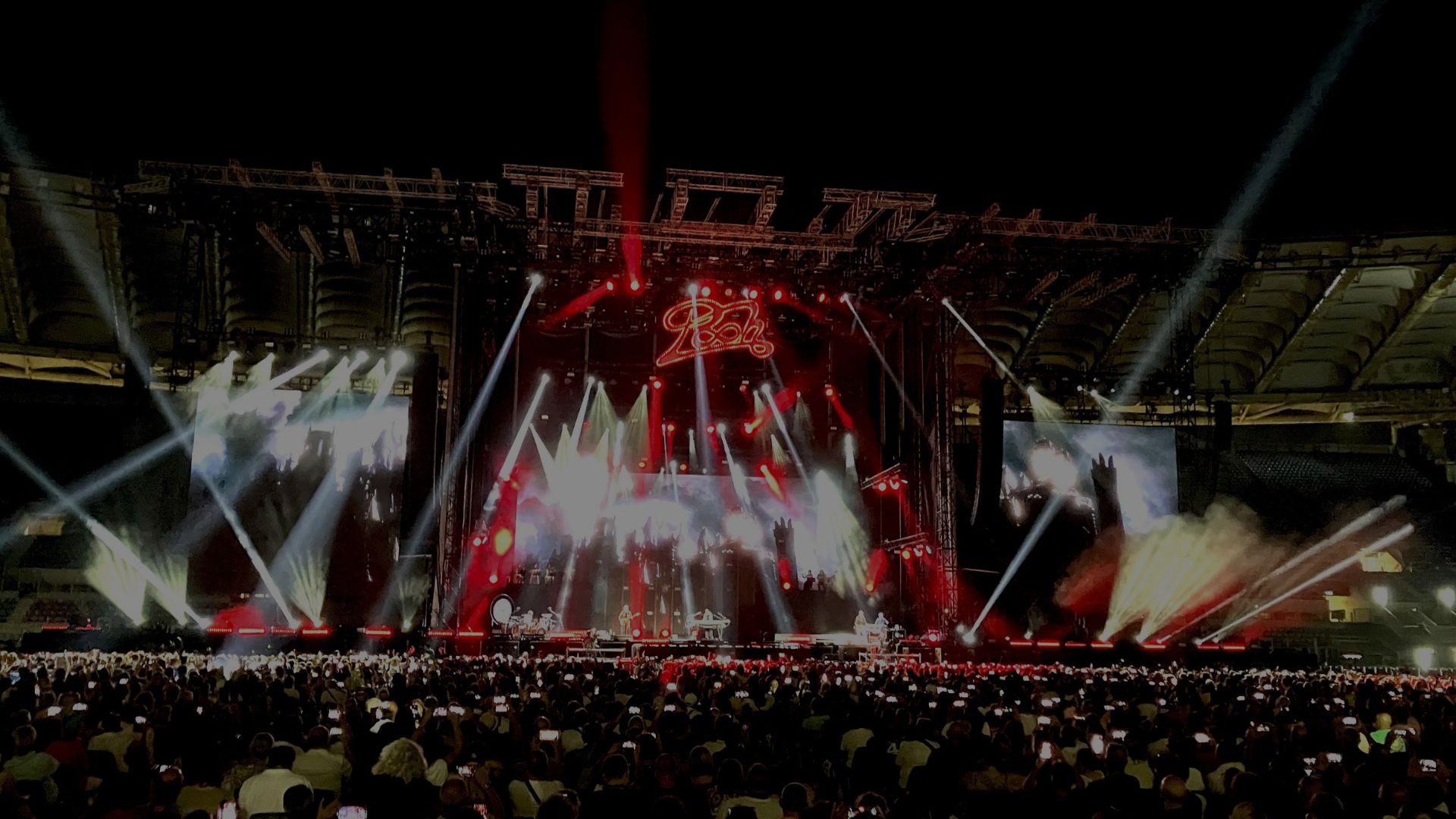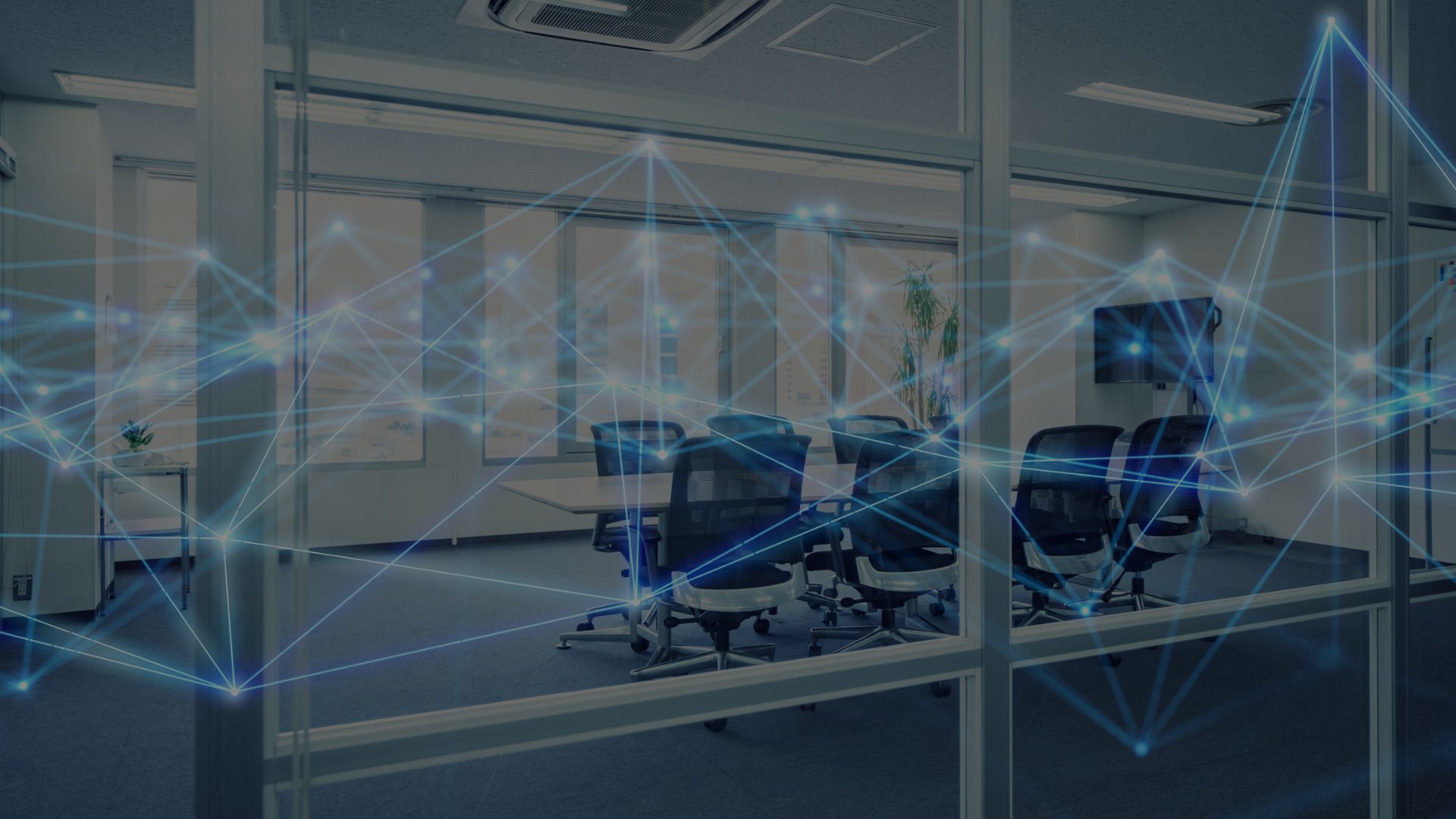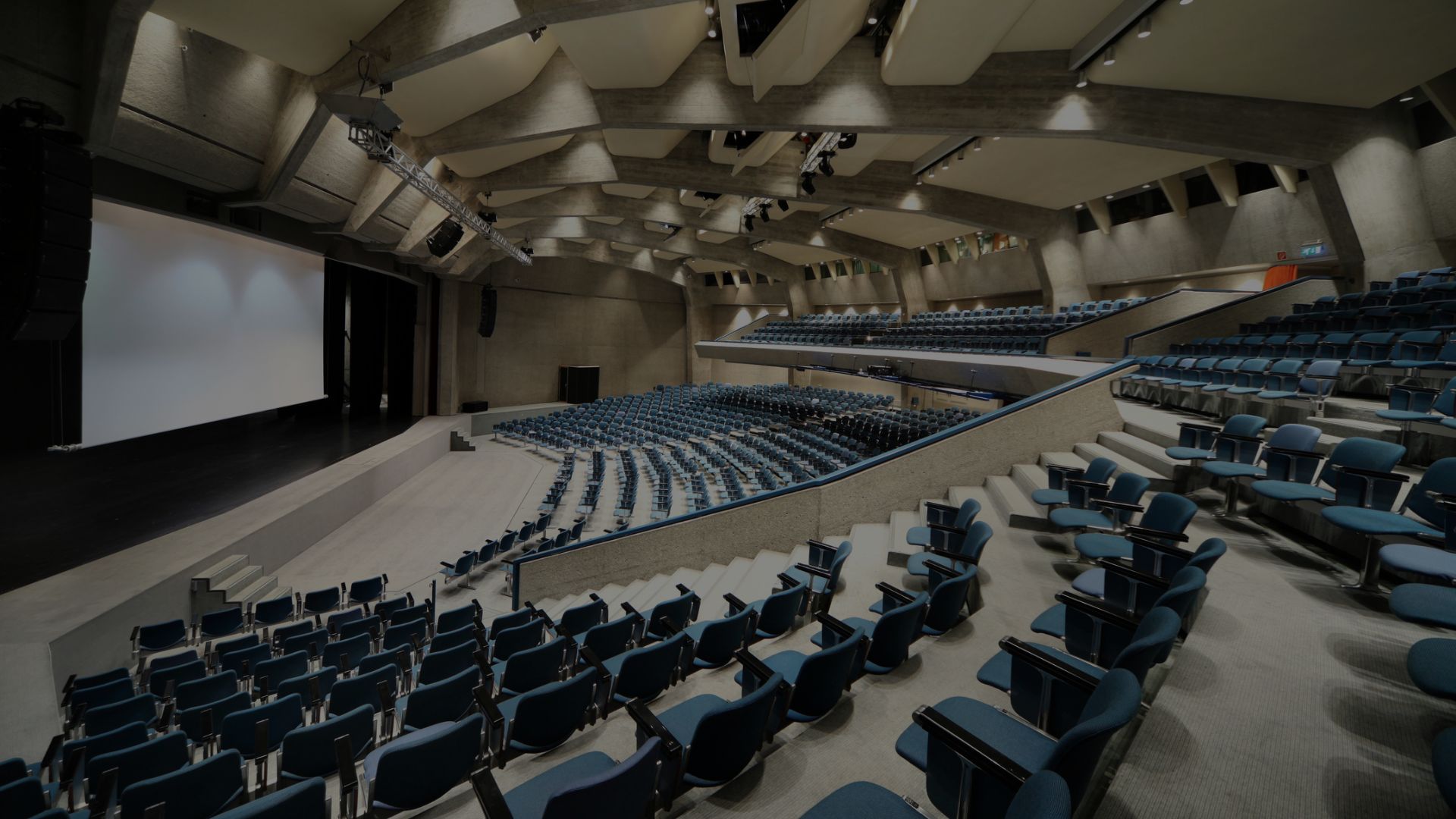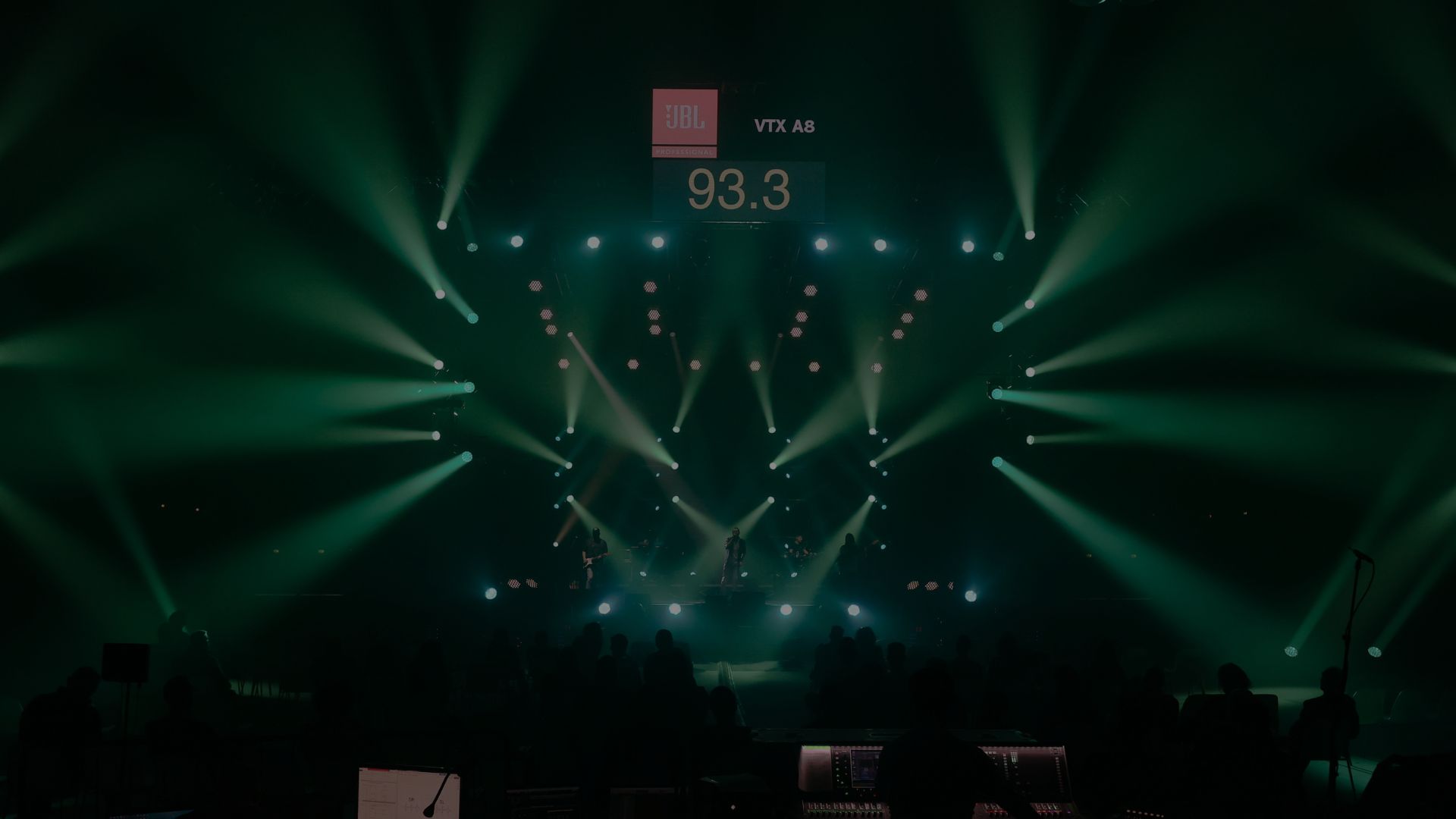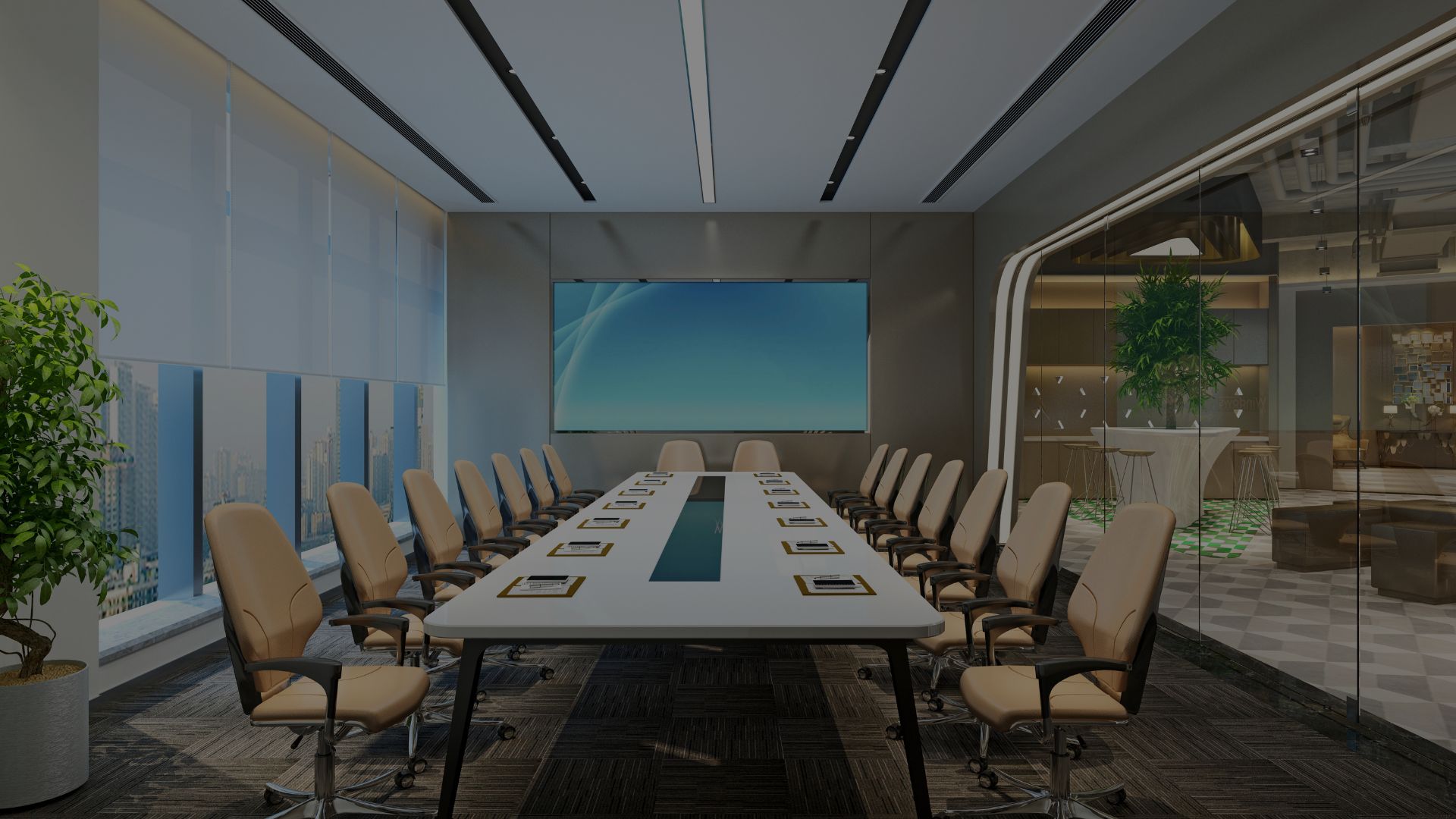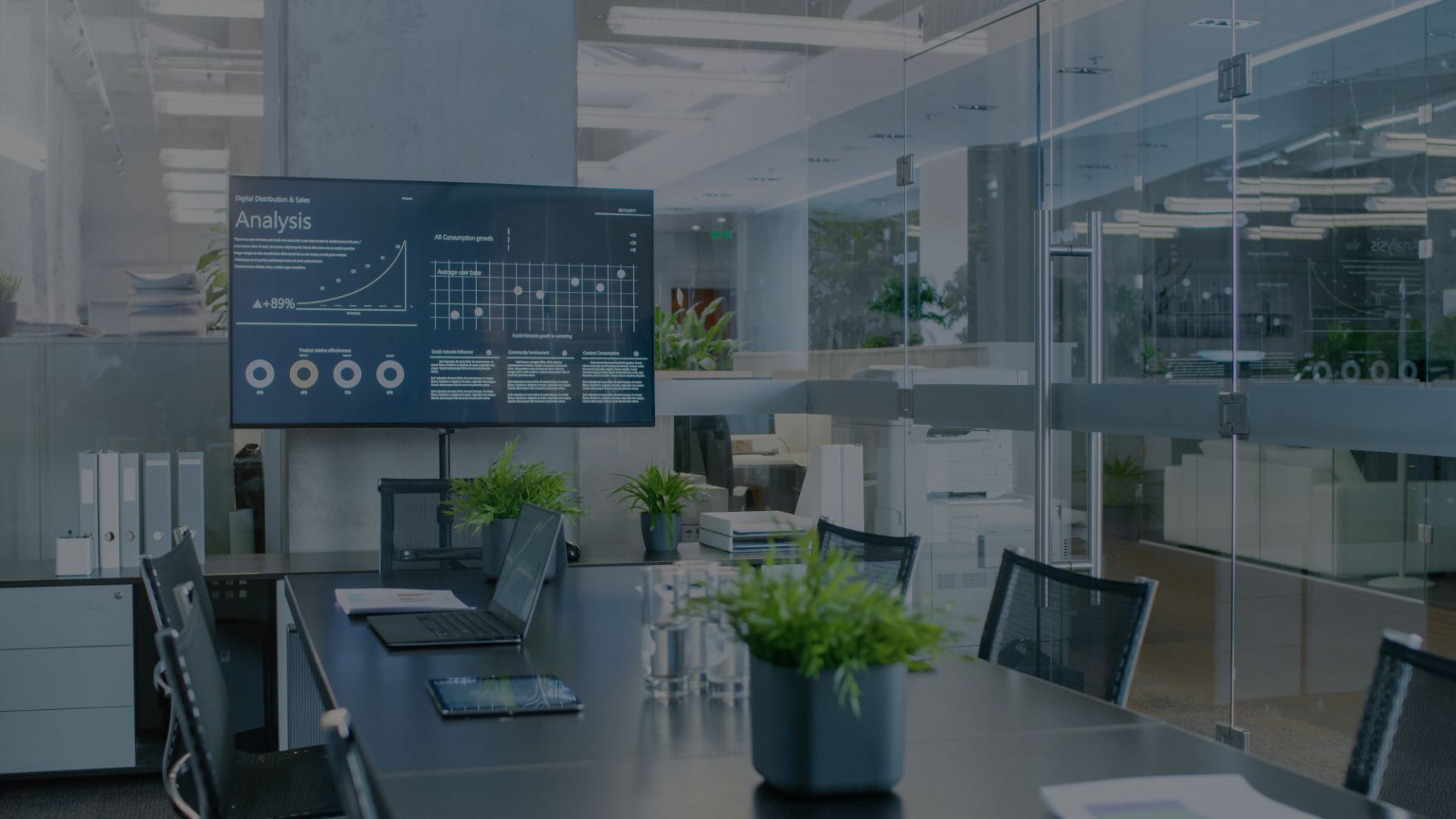In recent years, we have witnessed a major transformation in how work is organized. The pandemic and the rise of remote working have accelerated an ongoing process, introducing flexible ways of working. In this article, we’ll explore the concept of the smart workplace in light of these changes.
What does smart workplace mean?
Today, we talk about agile work, hybrid collaboration, and the growing convergence between physical and digital spaces. These elements reflect a shift that companies must understand and embrace, recognizing that the future of work will be shaped by these trends.
Smart workplaces represent a new — and now well-established — frontier. Thanks to the combination of technology and space design, these environments offer a flexible, collaborative, and sustainable workspace that meets the needs of both employees and organizations.
A study conducted by IDC in collaboration with CISCO found that “45% of business and IT leaders say remote and hybrid work models will become a permanent part of shared work procedures going forward.”
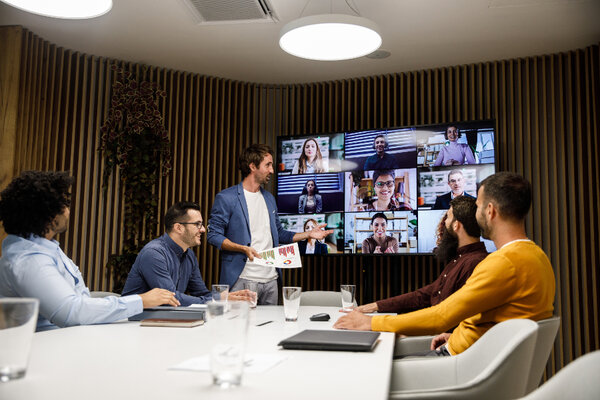
Organizational transformation
Organizations of all sizes — from small businesses to large corporations — are now adapting their culture and processes to permanently integrate these shifts.
The key concepts are flexibility and collaboration. Those who still choose to work in a traditional office will have new needs — such as the ability to connect with colleagues and partners, even when not physically present.
The office is taking on a new and fundamental role as a place for social interaction and informal exchange. This will be enabled through flexible, collaborative, and connected spaces. Hybrid work is becoming a strategic model that blends employee well-being with business productivity.

Features and Benefits of Smart Workplaces
Smart corporate spaces are defined by several key elements:
-
Flexibility: Designed to adapt to the different needs of employees, allowing them to choose where and when to work.
-
Collaboration: They promote collaboration among colleagues, even remotely.
-
Sustainability: They aim to reduce environmental impact through smart resource management.
Benefits of Smart Physical and Digital Workspaces
-
Personalized comfort: Users can immediately adjust temperature, lighting, and air quality to their individual needs, improving overall workplace wellbeing.
-
Cost optimization:
-
Energy consumption is monitored and reduced thanks to advanced systems like smart meters, thermostats, and lighting.
-
Maintenance costs are lowered through predictive analytics, which detect and prevent potential failures before they occur.
-
-
Higher productivity: These environments facilitate communication, collaboration, creativity, and learning, fostering a more dynamic workplace.
-
Reduced distractions and stress:
-
Minimized noise through better spatial design.
-
Lower stress levels thanks to physical and digital environments that support psychological wellbeing.
-
Reduced fatigue, with optimized spaces and resources that allow people to work with greater focus and peace of mind.
-
-
Enhanced safety:
-
Secure access control via biometrics, facial recognition, or QR codes.
-
Detection of intrusions, fires, or leaks ensures a safe working environment.
-
-
Useful data collection:
-
Monitoring of behaviors, preferences, and feedback to generate real-time dashboards and reports for data-driven decision-making.
-
Solutions for addressing smart workplace challenges
There are four main challenges that connected workplace environments must address:
1. Privacy
The collection of personal data raises privacy concerns and requires clear, transparent policies. To address this:
-
Implement data governance policies and inform users about what data is collected and why.
-
Use anonymization and encryption techniques to protect sensitive data.
2. Security
To guard against external threats:
-
Implement robust cybersecurity protocols to protect data and network connections.
-
Use multi-factor authentication to ensure access is limited to authorized users only.
3. Interoperability
To ensure that different systems or components can work together:
-
Adopt open standards and common protocols to ensure compatibility.
-
Collaborate with vendors that support open ecosystems for easier integration.
4. Adoption
In workplace environments, resistance to advanced technology is possible. To overcome this:
-
Provide comprehensive training on new tools, highlighting practical benefits.
-
Engage users in the decision-making and implementation process to encourage acceptance.

What technologies are used?
The success of this model lies in the technology and spatial design. Solutions such as Collaboration and Unified Communication, multimedia and interactive AV systems designed for hybrid work connect the digital and physical worlds, enabling collaboration regardless of location, time, or working method. These technologies automate processes, improve safety and space management, and enhance collaboration among employees.
The most commonly used technologies in smart workplaces include:
-
Sensors and IoT: Sensors, IoT devices, and displays can collect data on how spaces are used and on employee behavior. These insights help improve the design and management of workspaces. For example, through a smartphone, users can view available meeting rooms, find free desks, or adjust lighting and temperature.
-
Collaboration technologies: Tools such as video conferencing and screen sharing solutions allow employees to collaborate effectively, even when working remotely.
-
Cloud platforms: These servers store and process data collected by IoT devices. They use AI algorithms to analyze patterns, trends, and anomalies, and offer APIs that allow third-party applications to access the data.
These components communicate using wireless protocols such as Wi-Fi and Bluetooth.
Who Is Involved?
The strategic vision defined by company managers is then brought to life with the support of IT managers and the work of key professionals:
-
Architects who design or redesign spaces, giving them new functions and a modern identity
-
AV designers who develop multimedia solutions tailored to the space
-
Technology suppliers for collaboration tools, digital signage, and multimedia AV systems
-
System integrators who connect and manage the integration of various systems and technologies
The journey toward smart workspaces that support hybrid, inclusive, and collaborative work — and promote employee well-being — has begun!
📅 Interested in this topic? We'll talk about it at MIR, April 12–14, 2026.
PUBLICATION
13/11/2023
come fare

